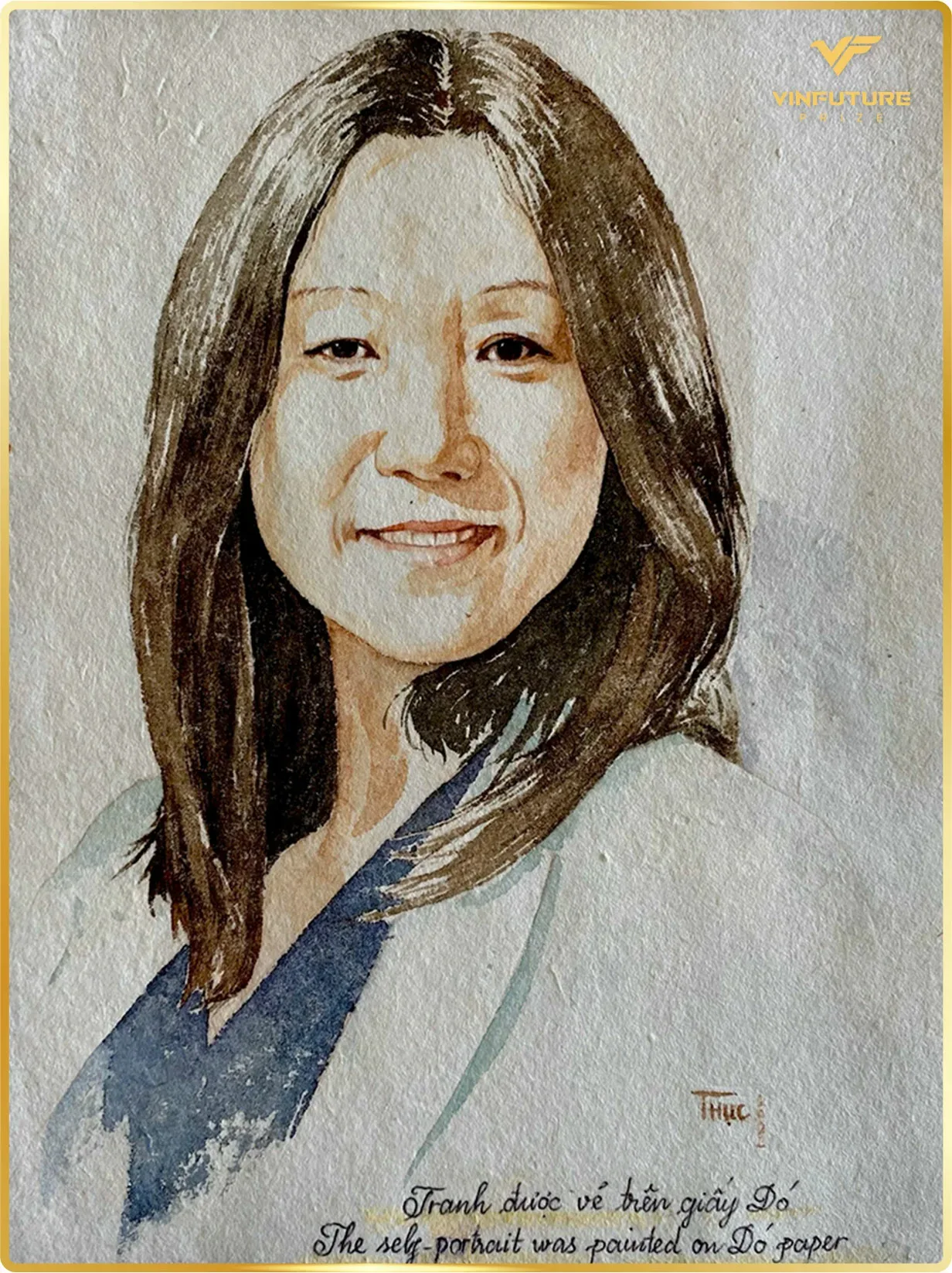BIOGRAPHY
Affiliation at the time of the award: Stanford University, Chemical Engineering, Shriram Center
Professor Bao received her Ph.D. degree in Chemistry from The University of Chicago in 1995, and subsequently joined the Materials Research Department of Bell Labs, Lucent Technologies where she became a Distinguished Member of Technical Staff in 2001.
Professor Bao then joined Stanford University in 2004 and is currently a K.K. Lee Professor in Chemical Engineering, with courtesy appointments in the Department of Chemistry and the Department of Material Science and Engineering. Professor Bao has been the Department Chair of Chemical Engineering since 2018 and she is the Faculty Director of the Stanford Wearable Electronics Initiative (eWEAR). She is also an affiliated faculty member of the Precourt Institute, Woods Institute, ChEM-H, Bio-X, and an investigator of the Chan-Zuckerberg BioHub. Bao currently has more than 700 refereed publications and more than 100 US patents.
Professor Bao was elected as a member of several prestigious academies, including the US National Academy of Engineering, the American Academy of Arts and Sciences and the US National Academy of Inventors. She has served as a member of the Executive Board of Directors for the Materials Research Society and as Executive Committee Member for the Polymer Materials Science and Engineering division of the American Chemical Society. She was also an Associate Editor for the Royal Society of Chemistry Journal, Chemical Science, Polymer Reviews and Synthetic Metals.
Professor Bao was elected as a fellow to numerous scientific societies, such as AAAS, ACS, MRS, SPIE, ACS POLY and ACS PMSE. As a testament to her accomplishment, her many recent awards include: American Chemical Society (ACS) Award of Chemistry of Materials 2022, Material Research Society Mid-Career Award 2021, American Institute of Chemical Engineers Alpha Chi Sigma Award 2021, ACS Central Science Disruptor and Innovator Prize in 2020, ACS Gibbs Medal in 2020, the Wilohelm Exner Medal from the Austrian Federal Minister of Science in 2018, the L’Oreal UNESCO Women in Science Award North America Laureate in 2017.
Besides academic research, Professor Bao has also several venture-funded companies in Silicon Valley, in which she is one of the Founders and Board Members of C3 Nano Co. and PyrAmes Co.
SUMMARY OF WINNING ENTRY | BIO-INTERFACING WEARABLE HEALTH MONITORING DEVICES
Professor Bao was awarded this Prize for scientific advancements from her pioneering work on:
(i) the development of skin-inspired electronics and
(ii) their applications to a range of medical and energy applications. From fundamental science side, she has also developed a wide range of novel molecular design concepts for organic electronic materials and fabrication methods.
SCALE OF IMPACT
The start-up company C3 Nano Inc, Professor Bao co-founded, is commercializing transparent electrode materials (inks and films) for touch panels for large displays, foldable mobile phones and automotive interactive panels. They also have applications in OLED lighting, OLED displays, solar cells and medical devices.
Another start-up Professor Bao co-founded, PyrAmes, Co. is commercialising a non-invasive, continuous wearable blood pressure monitor. The FDA recently designated its product for infants as a “breakthrough device”.
Professor Bao’s creation of novel organic materials with skin-like functions, such as stretchability, self-healing and biodegradability, is changing ways human will interact with electronics. They allow electronics to seamlessly interface with human body. They can be used for wearable and implantable electronics.
From materials to integrated circuits, a big gap is in general fabrication methods that rely on understanding of chemical and electronic interactions between multi-layer materials and photochemistry for patterning each layer without adversely degrade electronic properties. Professor Bao realized the first stretchable organic electronic circuit marking the starting point of stretchable polymer integrated circuits.
Professor Bao laid out the foundational concept and path for merging artificial electronic skin with human body. She showed the first e-skin built with artificial mechanoreceptors that generated electrical pulse signals that can be directly used to stimulate the brain.
Professor Bao successfully demonstrated the use of its skin-inspired electronic sensors in robotic gripping devices that greatly enhance the ability to grip and manipulate small, fragile objects without damage.
Professor Bao invented the “BodyNet”, a soft, integrated, wireless tags that include sensors, screens and smart devices that can be attached or implanted into the human body. These include intracranial pressure monitors, blood flow monitors and the means to track body movements.








